If you are visiting the Gardens soon, be sure to take in our Paeonia (peony) collection, which is at its most breath-taking in May and June. The brief flowering period of peonies means that excitement tantamount to that concerning flowering cherries may surround the emergence of the blooms, particularly in China.
Peonies are distributed throughout the northern hemisphere, from North America to Europe and across to China and Japan, via the Caucasus and Northern India. Many of the most beautiful wild species and cultivars in our gardens come from China. We can also particularly thank Chinese peonies for bestowing scent on their successors. As a ninth-century Chinese writer describes:
‘In front of the Emperor’s audience hall many thousand-petalled tree peonies were planted… when the flowers first opened the fragrance of their perfume was perceived by everyone… Every time His Majesty gazed on the sweet-scented luxuriance he would sigh and say ‘Surely there has never before been such a flower among mortals.’
Peonies have been cultivated in China for at least 2,000 years. Their initial use was medicinal – the roots were used to treat a variety of ailments. Indeed, the genus name Paeonia refers to the physician of the gods in Greek mythology.
Peonies are easy to cultivate in wide range of climates and there is huge diversity of species and cultivars to choose from – about 3,000. Most of our collection are complex hybrids, derived from several different Chinese species over the centuries. There are three main groups of peonies – herbaceous peonies, moutan (often referred to as tree peonies due to their woody stems, more than their height), and hybrids between these two, known as Itoh peonies (more on these distinctions in our next post on peonies).
Wild moutan were once prolific in the hills of Shaanxi Province (an areas in north-western China), and towards the end of the seventeenth century, a Chinese writer noted that ‘the whole hill appears tinged with red, and the air round about for a distance of ten li is filled with fragrance’ (10 li is just under 0.5km, so the carrying power of the peonies’ scent must have been sensational). When English plant collector William Purdom visited the same site in 1912 there were no longer any moutan to be found. They remain rare in the wild to this day.
The first known treatise on moutan was written during the Song Dynasty (in the 11th century) by Ouyang Xiu 歐陽修, who recorded more than ninety varieties. Here’s his advice on the arrangement of peonies:
‘The light and the dark, the red and the white, should be spaced apart.
The early and the late should likewise be planted in due order.
My desire is, throughout the four seasons, to bring wine along,
And to let not a single day pass without some flower opening.’
And it is partially true – by choosing and planning carefully, you can have a succession of peonies in bloom, from mid-April to the end of July. Here in the Gardens, you will find some of our summer peonies in the Herbaceous Border and Millfield as well as in the Peony Border itself.
Here is a selection of some of the earlier flowering specimens. We will post more photos and information on our collection as they come into flower.
Books: Peonies: The Imperial Flower, by Jane Fearnley-Whittingstall;
The Gardener’s Guide to Growing Peonies, by Martin Page;
Garden Peonies, by James Kelway and Dave Root.
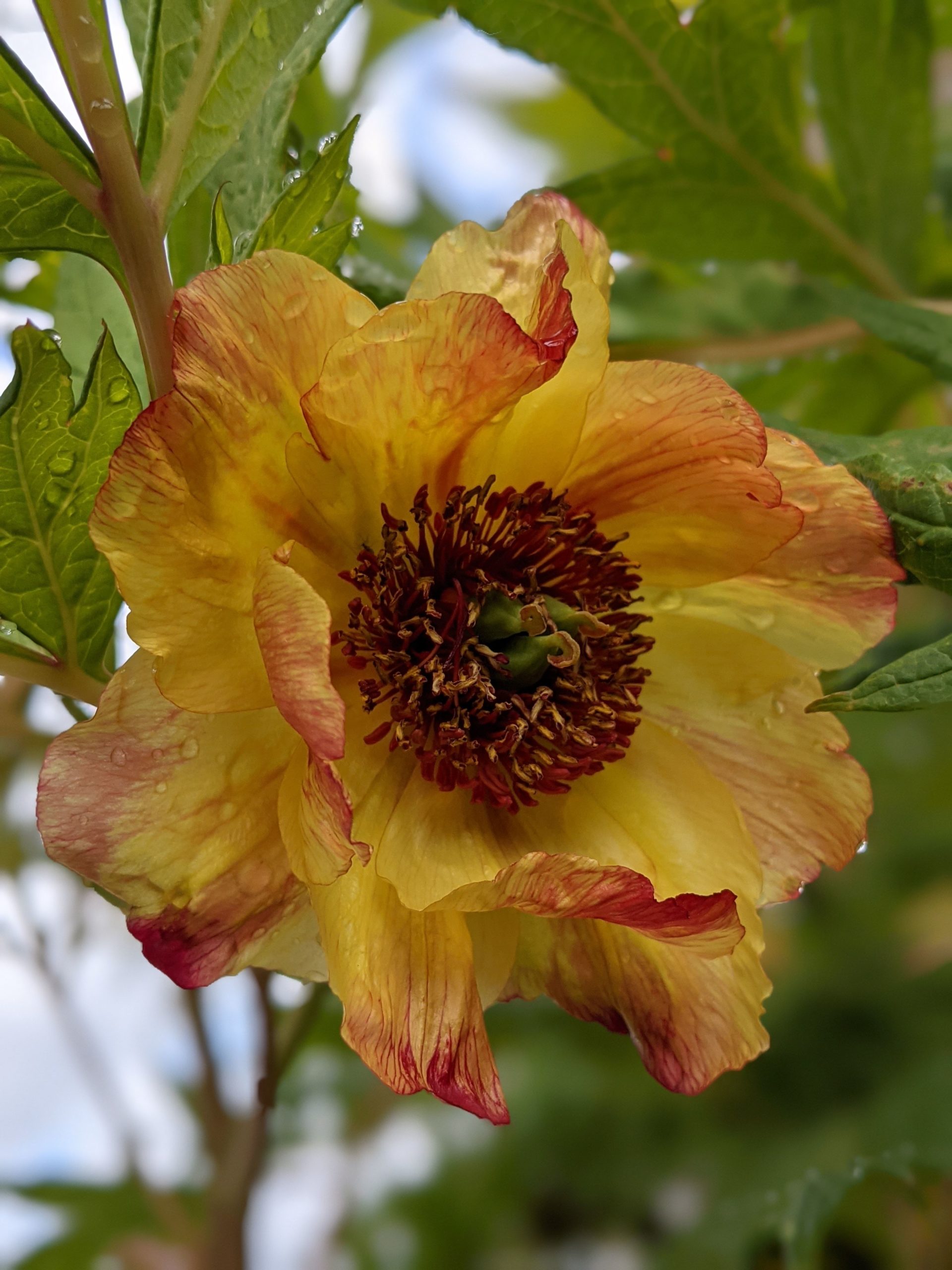
???????????????????????????? ???????????????????????????????? ‘Anne Rosse’, named for the Countess of Rosse who lived at Birr Castle and was well known along with her husband Michael, the 6th Earl of Rosse, for impressive horticultural introductions.
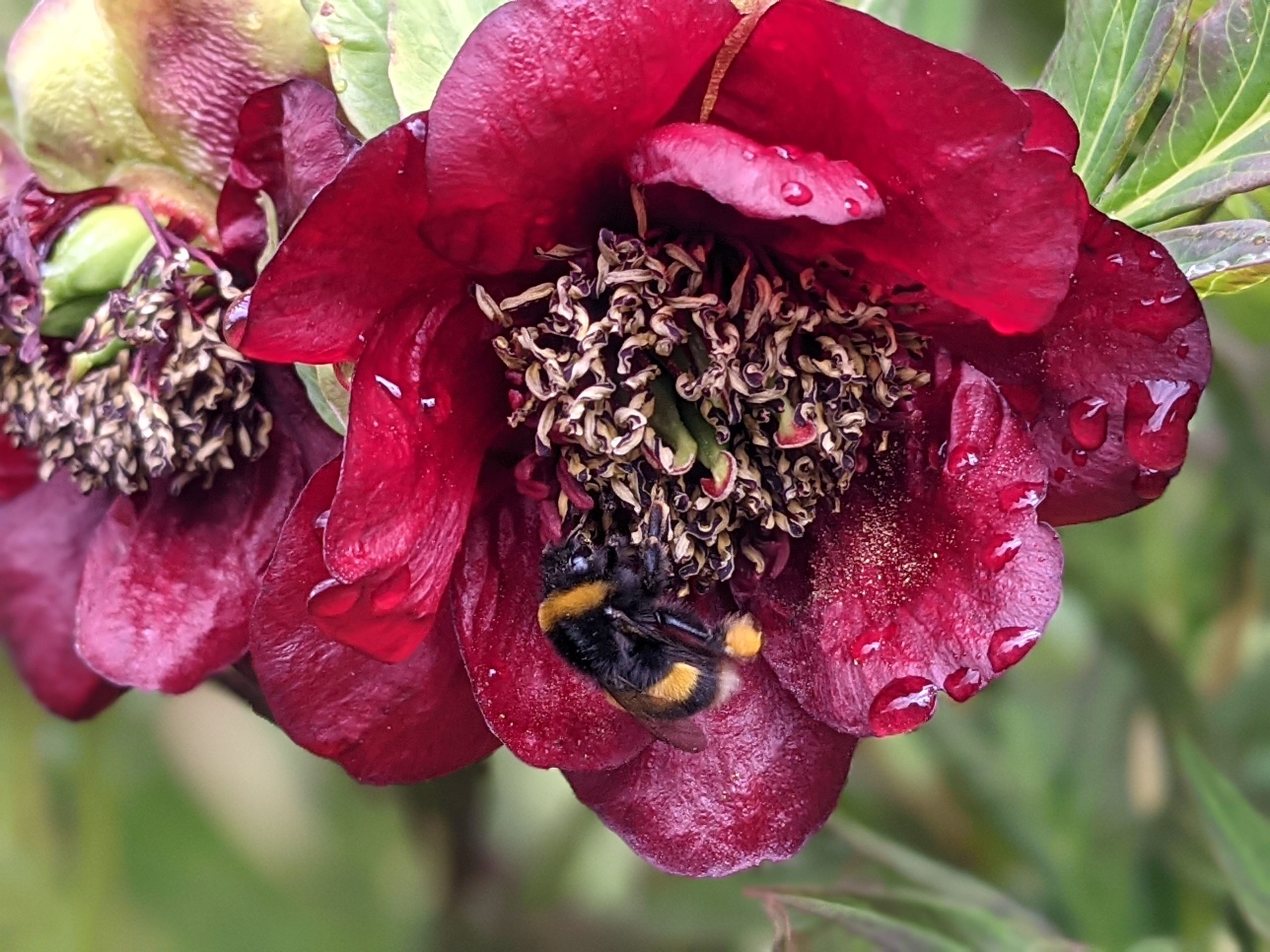
???????????????????????????? ????????????????????????????????, a moutan originating from the pine forests of the Lijiang mountain range in northern Yunnan, China. There it grows at 3,050-3,650 metres. As you can see here, it is popular with pollinators such as this bumblebee.
This species is very variable. It also hybridises readily with ???????????????????????????? ????????????????????????????????, which is endemic to south-west Tibet. This cross produces individuals with orange, yellow, and even striped flowers.
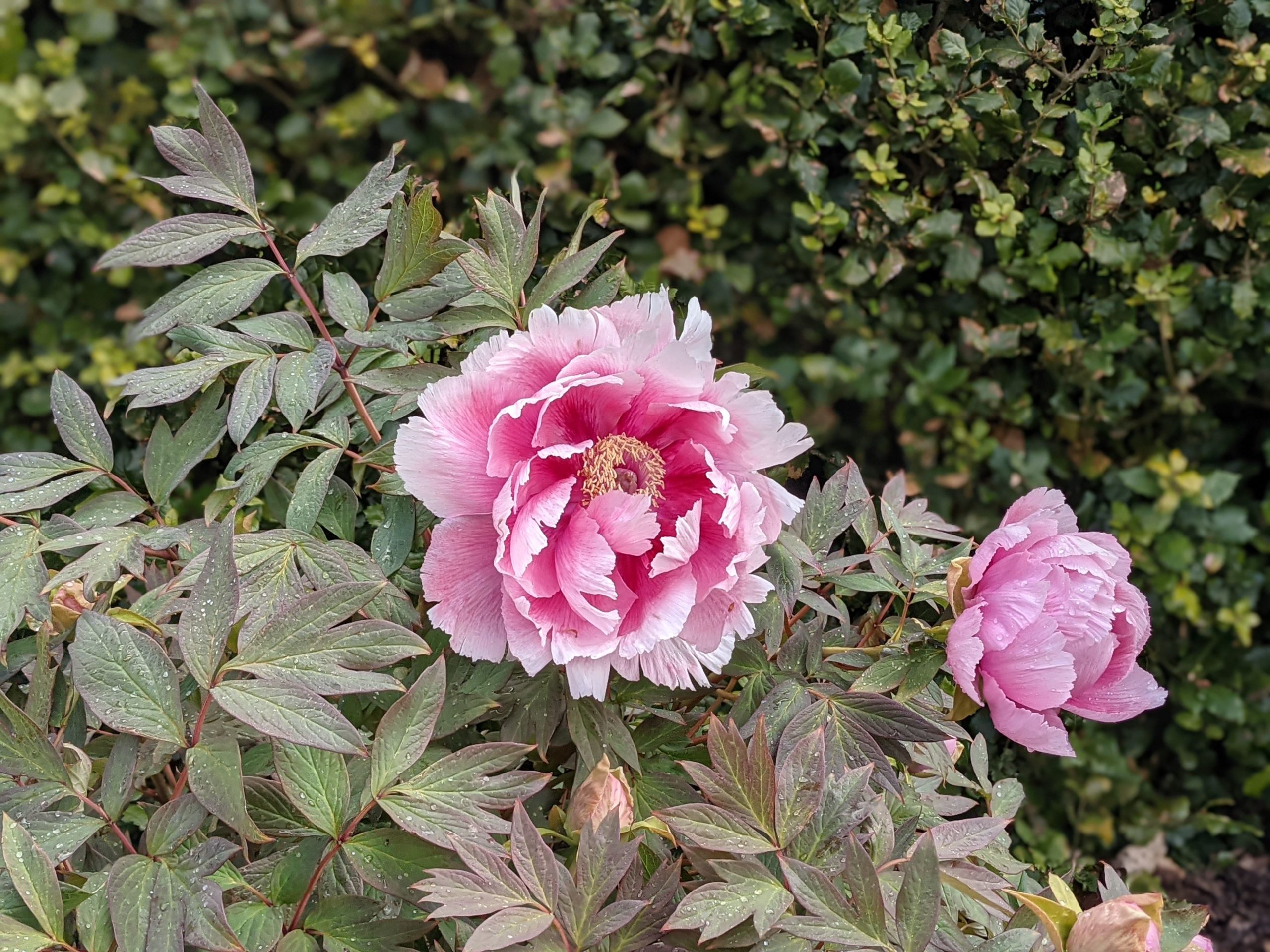
???????????????????????????? ‘Akashi-gata’, a Japanese moutan variety. It has very long-lasting flowers, which open slowly over several days.
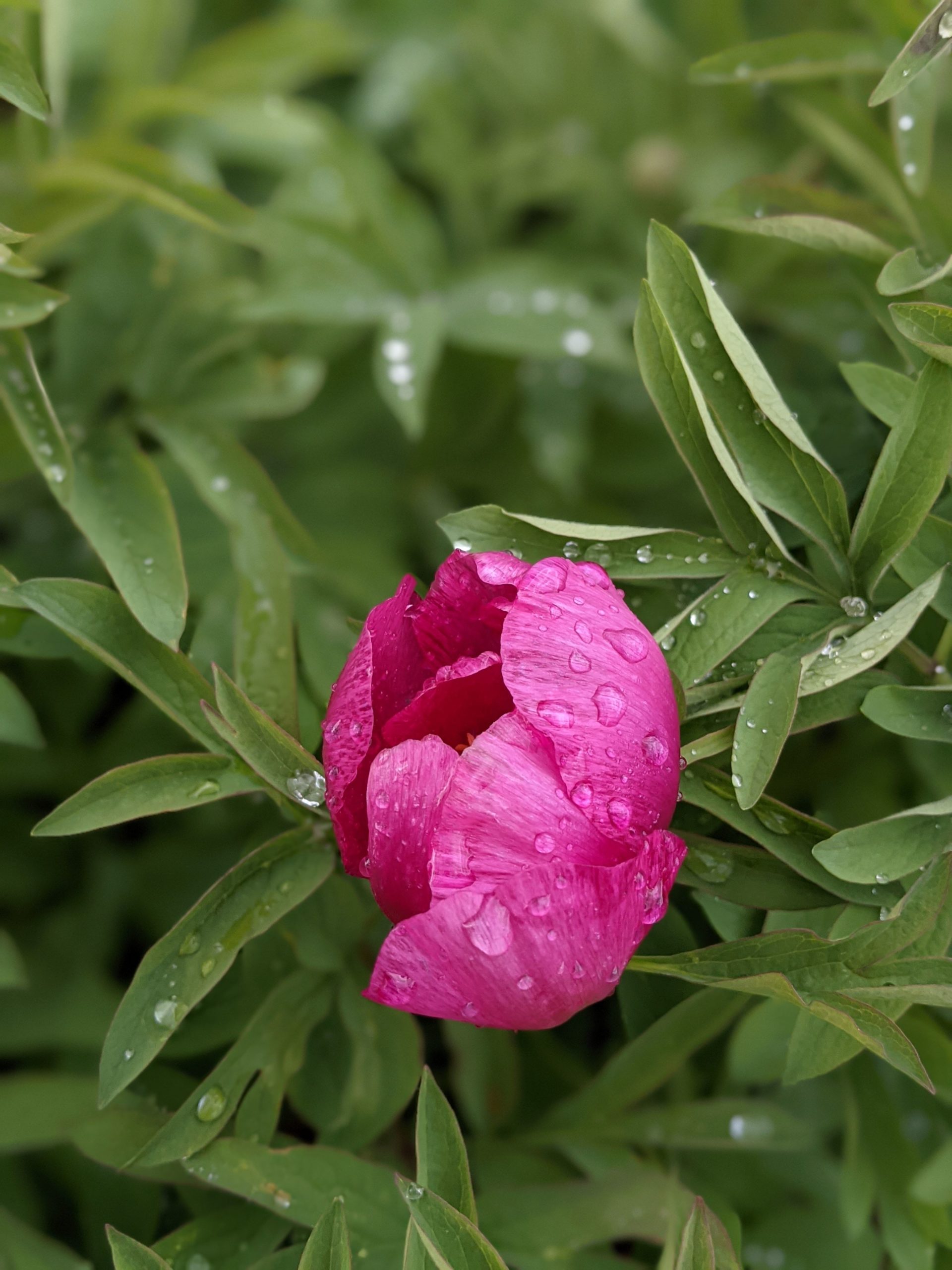
???????????????????????????? ???????????????????????????? ssp. ????????????????????????????????. This species is recorded from Armenia, Crete, Greece, Italy, Syria, and Turkey. The epithet ‘arietina’ means like a ram’s horn. It refers to the shape of the fruit after flowering.

???????????????????????????? ???????????????????????????? subsp. ????????????????????????????????????????????. This peony hails from Georgia in western Caucasus, where it grows at 800-1,000 metres.
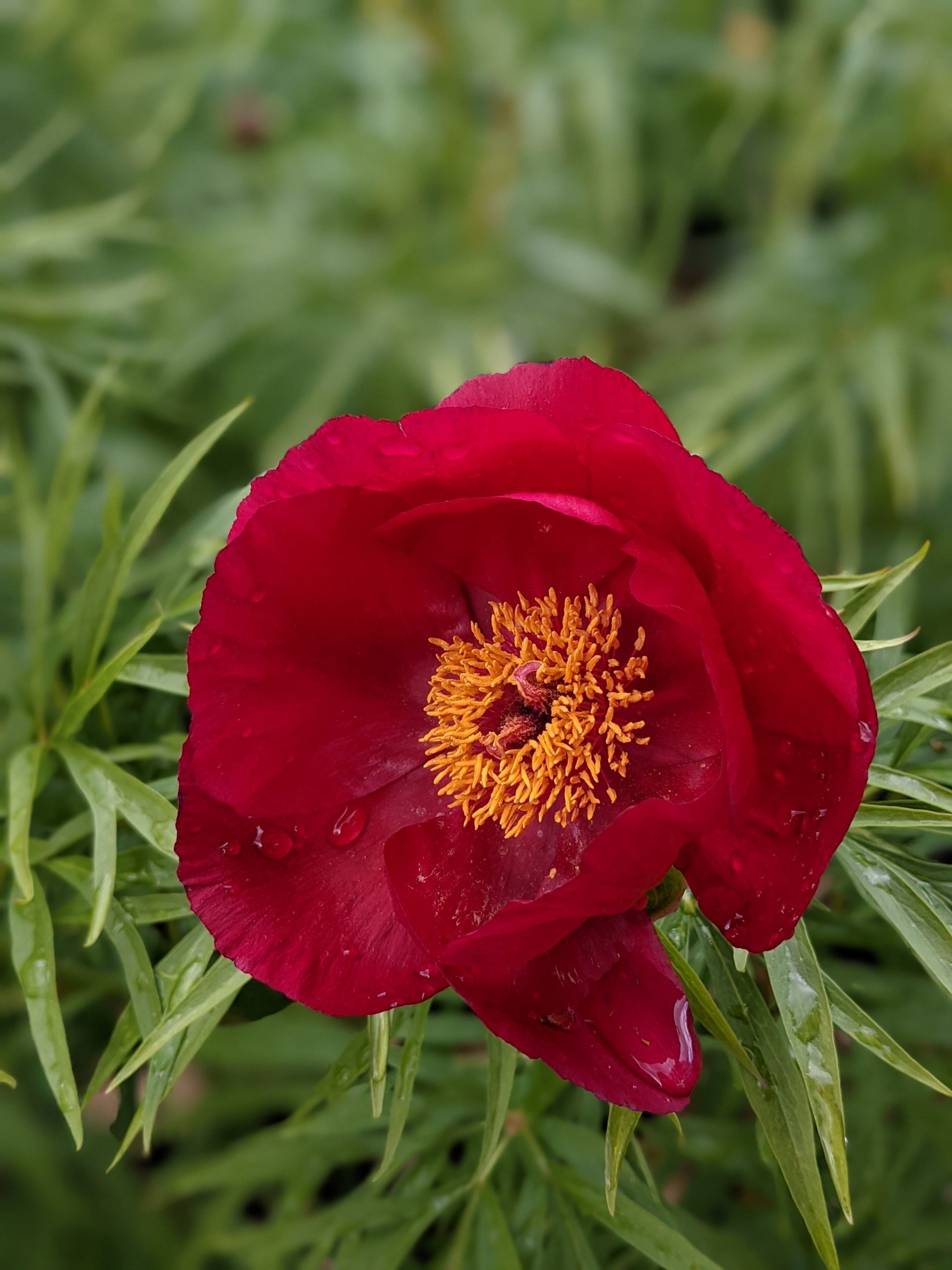
???????????????????????????? ???? ????????????????????????????????, a hybrid between ???????????????????????????? ???????????????????????????????????????? and ???????????????????????????? ????????????????????????????????????????.
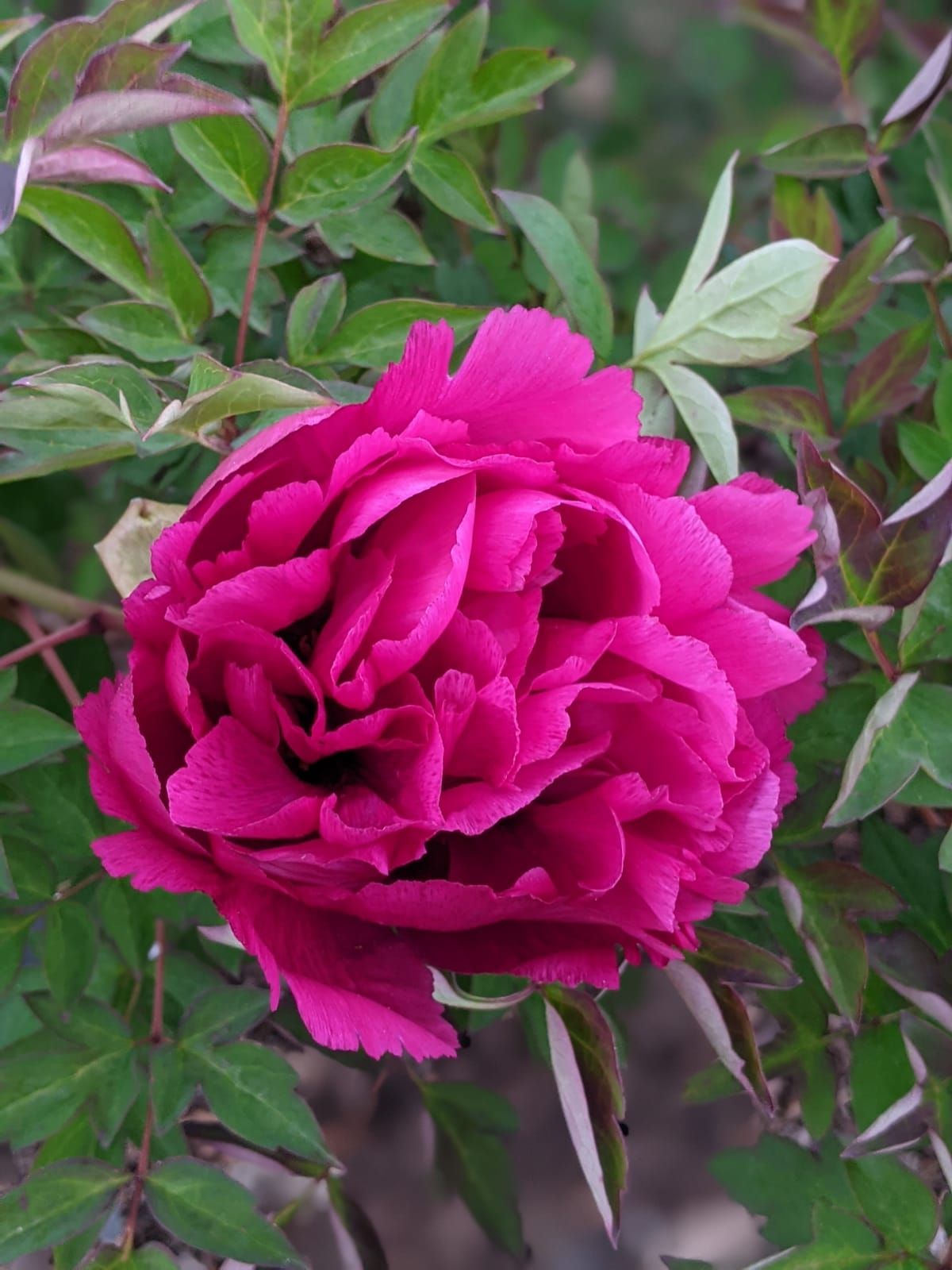
???????????????????????????? ???????????????????????? ‘Zi Hai Yin Bo’, a moutan. The pinyin system is the official Romanisation system for standard mandarin Chinese. The pinyin ‘Zi Hai Yin Bo’ translates roughly as ‘purple sea, silver wave’.
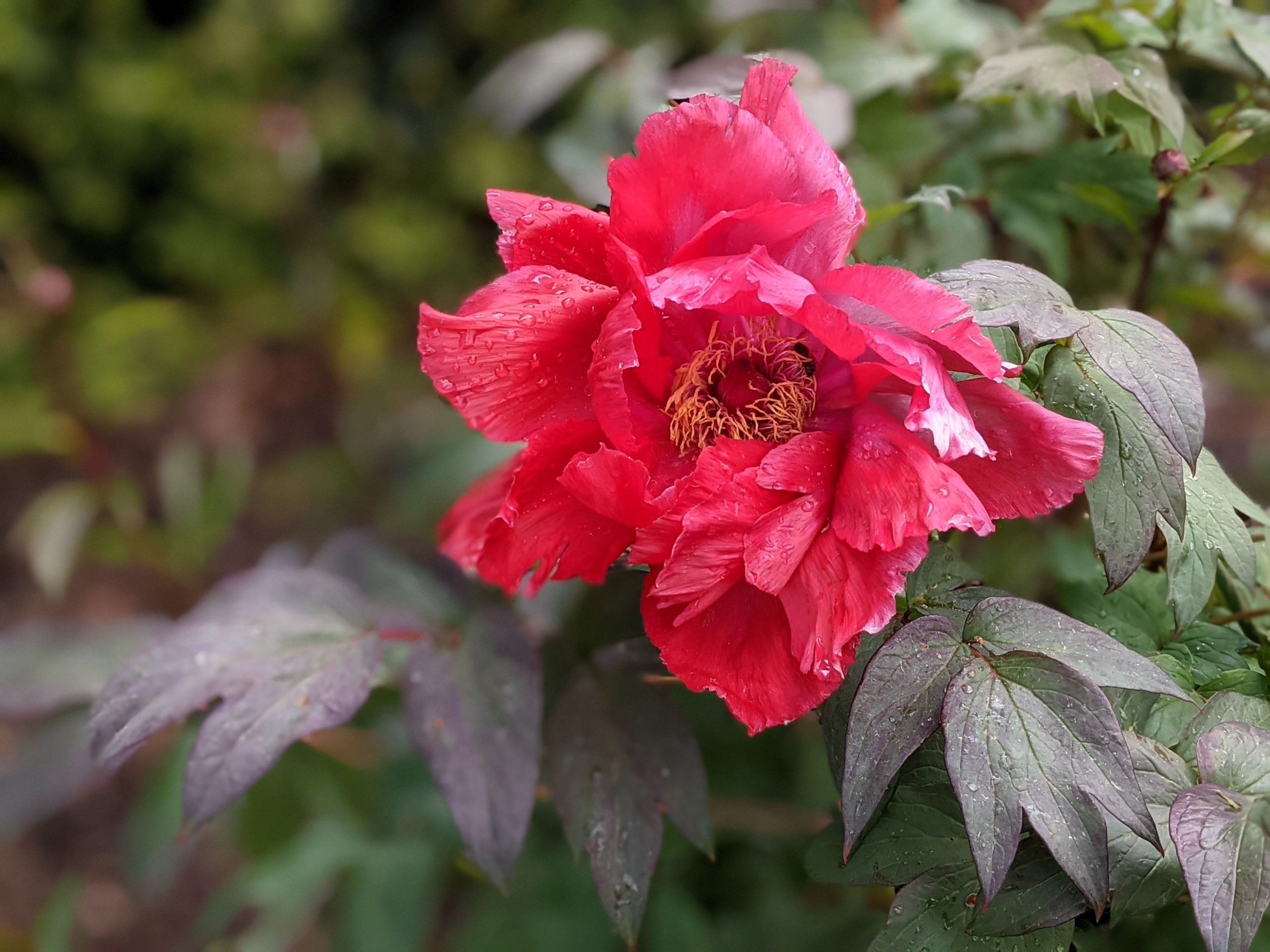
???????????????????????????? ‘Kaow’, a Japanese variety of moutan.








